Zeiss Loxia 50mm F2 Planar Review
Dustin Abbott
January 11th, 2019
Check me out on: My Patreon | Sign Up for My Newsletter | Instagram | Facebook | Twitter | Flickr | 500px | Google+ |
The original idea behind mirrorless cameras was they would be smaller, lighter alternatives to DSLRs due to the differences in technology while providing similar levels of optical performance. As I’ve noted in many subsequent reviews this idea is often lost, as frequently lenses designed for mirrorless (like the Sony 24-70mm f/2.8 G Master) are, if anything, bigger and heavier than their DSLR counterparts. But Zeiss has managed to design an extremely compact, extremely high performance range for Sony FE (full frame mirrorless) – the Loxia series of lenses. The Zeiss Loxia 50mm F2 Planar lens is the third in the series that I’m reviewing (I’ll follow up with the 85mm F2.4 and 25mm F2.4 lenses), and the Loxia 50 serves as both the cheapest (though that is relative) of the Loxia series and one of my favorites optically due to the really tremendous color rendering and lovely bokeh from the lens.
The Zeiss Loxia 50mm F2 Planar quickly shows part of what makes the Loxia series special when you pull it out of the box and wonder at how compact it is. It’s almost an identical twin to the Loxia 35mm F2 I recently reviewed, so much so that if you own both you’ll actually have to look at the lens designation at the front or on the hood to know which is which. There is no direct comparison for the Loxia 50 in a typical DSLR Classic or Milvus lens. The closest equivalent would be the Makro-Planar 50mm F2 (though the Loxia definitely lacks the close-focus abilities of that lens). There’s no question it is much more compact than the MP 50, however, as the Milvus version of that lens weighs 730g while the Loxia 50 weighs only 320g (11.29 oz). The Loxia 50 is also much smaller at (WxL) 2.44 x 2.32″ / 62 x 59 mm. All of this while maintaining a very Zeiss-like level of build quality and with a similarly premium feel. This quickly begs the question as to WHY more mirrorless lenses can’t be smaller – particularly when the Loxia series nicely covers the 35mm/full frame image circle. The answer, at least in part, is that Zeiss has elected to not push the envelope with maximum aperture on these lenses. Sigma, for example, has really worked to develop lenses with larger-than-typical maximum apertures, but the trade-off is that their lenses are typically the largest and heaviest in their respective classes. The ART series in FE mounts are almost ridiculously big. I think there is a place for both approaches, but if you value the “smaller and lighter” mantra, then the Loxia series – and the Loxia 50mm F2 Planar – will be pure gold for you.
A real strength of the Loxia line is that they have been designed to work in concert with each other. Each of the 5 lenses in the lineup (2.8/21mm, 2.4/25mm, 2/35mm, 2/50mm, and 2.4/85mm) all share a common filter size (52mm) and a roughly identical diameter. This allows them to come in a kit for filmmakers like this one, complete with a fantastic hard case:
They are also each designed with the option of quickly “declicking” the aperture (a common preference for video work as it allows one to have smooth control over the aperture iris) and they can also be quickly/easily “geared” with the Zeiss LensGear Mini due to a common diameter. This accessory allows you to quickly set them up for focus follow systems (gearing), which is the preferred focus protocol for filmmaking as it gives one complete control over focus. What I like about the LensGear compared to other systems that I’ve used is that it is completely tool less and can be very swiftly loosened or tightened by gripping the front ring and rotating it.
The ability to “declick” the aperture makes the Loxia series more useful for filmmakers, as many filmmakers prefer smooth aperture iris control to be able to change aperture values on the fly to control what is in focus or even do an “aperture rack” where one’s “vision” is increased by moving to a smaller aperture value where more is in focus. You may find that a declicked aperture is your personal preference even for stills work.
Even when the aperture is “clicked” there is an advantage for the Loxia series over many manual focus lenses that I’ve used. Some have detents (and thus allow you only to select) the full aperture stops (like f/2, f/2.8, f/4, f/5.6, etc…). Others might have a half stop in between some apertures. The Loxia series allows you to select aperture in one-third stops (i.e. f/2.8, f/3.2, f/3.5), which gives you more finite control over aperture. I personally find that a manual aperture ring often causes me to be more intentional about aperture and to think about it a little more. If you aren’t confident in the relationship between aperture and depth of field or light gathering, however, a manual aperture ring does preclude the ability for the camera to automatically select aperture, which might be a serious issue for you.
On the plus side, a Sony body and a manual focus lens like this is a great place to learn, as the electronic viewfinder shows you true depth of field, so you can easily see how the depth of field is impacted by the aperture that you have selected.
On that note, the Loxia series is fully manual focus, though there is no easier a place to shoot manual focus glass than a Sony mirrorless body…particularly those with Steady Shot Inside (In Body Image Stabilization). One great asset is that as soon as input is detected on the manual focus ring, the camera will automatically zoom in the portion of the image where the active focus point is (the default is the center of the frame if no other area is selected). This makes it very easy to visually confirm focus. I find that I have a near perfect “keeper rate” with MF lenses on Sony mirrorless bodies. Because the lens does have electronic contacts all EXIF data will be communicated to the camera. The lenses work exceptionally well and are some of the better examples of manual focus lenses out there, but yes, they are manual focus only.
So, if you aren’t put off by manual focus (and have fairly deep pockets), then read on, as the Loxia lenses are a treat reserved only for Sony E-mount shooters!
Prefer to Watch your reviews? Check out my visually packed video review replete with some video footage captured with the Loxia 50 as well:
Check me out on: My Patreon: | Google+: | Facebook: | Twitter: | Flickr: | 500px: | Sign Up for My Newsletter :
Zeiss Loxia 50 F2 Build Quality
There is next to nothing to complain about when it comes to the build quality of the Loxia series. These are absolutely gorgeous lenses, with a classic sense of style that looks good now and will look good in 50 years. They are built to last that long, too.
Take a closer look at the build, design, and features in this hands-on video breakdown:
The materials of the Loxia 50 are all metal and glass, with that lovely satin anodized metal finish that Zeiss does so well. Subtle blue accents (Zeiss badges and the blue of the weather sealing gasket) help to give the lens a uniquely Zeiss look. The lens hood is made of metal, and has a flocked interior. One real strength for Loxia 50 is that the lens hood (like other Loxia lenses) reverses very tightly against the barrel body and adds almost no extra girth for storage. You can really squeeze the Loxia 50 into some very small slots in your camera bag, and, in fact, it will even fit in a jacket pocket or a side pocket in cargo pants. I traveled to Kentucky using only a Peak Design Everyday Sling 5L bag and was able to fit a Sony a7R3 + the Loxia 21mm, 50mm, and 85mm lenses all in the bag along with some basic accessories like extra batteries and a Peak Design Leash strap.
I love the front facade on Zeiss lenses. I like the lens designation information that is there, and, in this case, it is practical, as it does help to distinguish the lens from other lenses in the Loxia series that have a similar diameter and shape. This is particularly true of the 2/35 and 2/50 Loxia lenses, which are near identical in size and shape. The Loxia 50 identifies the classic Planar optical design of the lens. Like other lenses in the series it sports a 52mm filter thread in metal.
The main portion of the barrel is occupied with the ribbed focus ring. This ring also has a smooth portion with all of the distance markings. The damping on the Loxia 50mm is beautifully light and smooth – essentially perfection. The focus throw is about 185 degrees, and there is roughly 20-25 degrees of throw between 2m and infinity. The focus throw felt about right with the lens, and I feel like I’ve been able to nail focus without any real issue.
The smaller portion of the lens barrel is filled with the manual aperture ring. The total length of the lens is very, very short, and the byproduct of everything being able to rotate like this is that there is no fixed portion of the lens to grasp for mounting and unmounting. You have to grasp the lens more as a whole to be able to apply pressure to twist it free. That’s the tradeoff for having such a small lens!
At the rear of the lens you will find a metal (of course!) bayonet mount along with the gasket to help seal the lens from dust and moisture.
All in all, these lenses are as nicely built as anything you’ll ever find. It feels like classic Zeiss construction and quality…only miniaturized. Larger lenses require you to evaluate whether or not you will actually use them on a shoot, but the Loxia 50mm is a very easy lens to throw in the bag “just in case”. The compact nature of the lens is definitely a huge strength, but the quality of the build reassures you that you haven’t given anything up in terms of build in the process.
Zeiss Loxia 50 F2 Image Quality
Here is where Zeiss lenses typically justify their price tag (at least for some people). Pretty much everyone agrees Zeiss glass is special; the only disagreement is whether it is special enough to validate its price tag. The Loxia 50 is the least expensive lens in the Loxia lineup (and the only one to come in under $1000 USD thus far). This is logical in a number of ways, as a maximum aperture of F2 on a 50mm lens isn’t particularly dramatic. Even most budget 50mm options have a slightly faster maximum aperture of F1.8. Most of the Loxia series have somewhat unimpressive maximum aperture values as they have been engineered more for compact size along with the uniformity of the 52mm front filter thread along with a shared diameter. Don’t be discouraged by these comments, however, as the Loxia 50 delivers some very beautiful results.
I break down optical performance into two major categories: Resolution (sharpness, contrast, and longitudinal chromatic aberrations) and Rendering (Color, Bokeh, Flare Resistance, etc…)
The Loxia 50 uses a classic Zeiss Planar optical design, with 6 elements in 4 groups. This is an incredibly simple optical formula, and that is music to the ears of many shooters who feel that overly complicated optical formulas rob lenses of some classic priorities like microcontrast. The Loxia 50 may be good evidence to support this theory, as it delivers a very solid optical performance despite its small size and simple optical arrangement.
I would encourage you to watch this video episode to get the whole story on the optical performance of the Loxia 50 Planar:
Loxia 50mm F2 Planar Resolution
First, let’s take a quick look at the distortion and vignette. The vignette isn’t particularly strong, and the standard Lightroom/ACR profile makes quick work of correcting for the vignette and distortion that are there. In camera corrections will also deal with these factors for JPEGs. The vignette will completely disappear by F4 naturally, with most of it gone by F2.8. The Loxia 50 exhibits a bit of barrel distortion, which isn’t unusual but is a slight disappointment in a lens of this caliber. Because of profile corrections this may be more of an issue for videographers than photographers. Here’s a look at the before/after with the standard profile applied.
Wide open at F2, the Loxia 50 exhibits excellent center sharpness and contrast, though with a slight bit of veiling on some textures due to some mild longitudinal chromatic aberration. Edge sharpness lags behind the center a bit, with extreme edges and extreme corners showing reduced contrast. There’s still some good resolution in the edges, but you can see more of that veiling due to diminished contrast.
It can be hard to translate what you see in this kind of test into real-world performance, so here’s a look at a wide open (F2) photo with a crop of the plane of focus in the center.
You can see the slight bit of haze/veiling that I refer to at a pixel level, but also that the image is quite sharp and with beautiful bokeh rendering. I saw good evidence of centering in the Loxia 50, with both sides delivering a fairly equal performance.
The Loxia 50 also shows a very nice 3-dimensional quality often associated with classic Zeiss lenses. This casual portrait, for example, shows a crisp delineation of the subject from the background.
Stopping the lens down one stop to F2.8 provides a notable increase in both resolution and contrast across the frame. The edges, in particular, show a marked improvement.
Another look at a real-world image shows that the lens has a lot of punch stopped down just a bit to the F2.8-3.2 range:
The Loxia 50 is a lot like many classic Zeiss lenses in that it becomes fantastically sharp at smaller apertures, with superior contrast and color rendition to many lenses. It achieves levels of resolution across the frame beyond what many lenses are capable of. This begins around F4 and peaks around F5.6, where even the extreme corners are razor sharp even on the 42MP Sony A7RIII test body that I used:
I loved the Loxia 50 as a landscape lens; it produced incredible detail, and (as I’ll focus on more in a moment), the whole Loxia line exhibits really special color rendering. Here’s a couple of images that show off that beautiful clarity and color:
The Loxia 50 isn’t as perfectly corrected as, say, the Otus 55mm F1.4, but it has loads of classic optical character that will certainly leave few (if any) disappointed.
Zeiss Loxia 50 Planar Rendering
There’s more to a lens than just its resolution, as some lenses have a lot of sharpness but little character. The Loxia 50 has great character, with great bokeh, microcontrast, and fantastic color. One valid reason to consider the Loxia lenses as a set is if getting consistent color across lenses (consistently excellent color, at that), is important to your work (this may be particularly important for those of you who do video). The color is beautiful out of the Loxia 50, both rich and accurate. If your “thing” is do as little post-processing as possible, then Loxia lenses (and this 50mm) are a great place to start. I find that the Loxia lenses produce rich but still natural color right out of camera.
The Planar 50 also has lovely bokeh. It’s not geometrically perfect along the edges, but it exhibits excellent softness and creaminess in a variety of situations.
I found that it handled everything pretty well, including the transition zone (the area where you transition from focus to defocus, which can get busy with some lenses). This forest scene (at F2), shows what I’m talking about:
The lens gets a good if not perfect score when handling flare, too. Wide open it shows a little bit of veiling with bright sun right in the frame, but to me it has a very nice “creative” look and application:
Stopped down, the veiling disappears and some minor ghosting patterns appear:
Even at F11 (as the photo above is), the ghosting pattern isn’t too destructive. What you can also see, however, is that the sunburst isn’t quite as lovely as the one from the 35mm Biogon lens.
There is an extremely mild amount of longitudinal chromatic aberrations that mostly exhibit as a bit of green fringing beyond the plane of focus (like in the bokeh circles here):
As you can see, however, it’s not really anything to worry about even at F2.
As you might expect, the Loxia 50 is an excellent portrait lens as well. The accurate color helps portraits to look very clean and nice, and the outdoor shots I did showed nice microcontrast and 3-D rendering along with gorgeous color.
The Loxia 50 is a beautiful little optical instrument that I think a lot of people will love…if they look beyond the manual focus nature of the lens. I would recommend that you visit the Image Gallery page for the Loxia 50mm, as one of the best ways to determine if a lens is for you is to look at photos from it and to determine if you love the rendering from it. I can only include so many photos in these reviews, but there are a lot more worth seeing there!
Loxia 50mm Video Performance
I recommend that you check out the video review here to see some actual visual evidence of the Loxia 50’s video performance, as it is somewhat hard to portray in a text article. As I noted earlier, however, the Loxia 50mm (as are all the Loxia lenses) is designed with video in mind. The standard diameter (ready for geared systems and focus follow), the ability to declick the aperture, and even the purposeful design of the shared filter threads all point to the intentional inclusion of video in the design. I found the compact nature and relatively light weight made it an easy lens to balance on a motorized gimbal, and the focal length is great both in full frame or Super 35 modes to give a genuinely useful perspective. This is the kind of lens I would think most cinematographers would enjoy having in their bag.
I also used an inexpensive tool called the FocusShifter (you can catch my video review here) to aid me in nailing smooth focus pulls. That, combined with the smooth focus ring and great manual focus aids in the camera body, made doing video work a real treat with the whole Loxia series.
The great color, sharpness, and contrast of the lens (when stopped down) and the unique character of the lens (along with the near complete lack of distortion) make it a natural fit for these Sony mirrorless cameras that double as such capable vehicles for getting great video footage. I found the footage in 4K looks just great!
Conclusion
If you envisioned mirrorless cameras as being a platform where you could travel small and light while still retaining excellent image quality, then the Zeiss Loxia series is probably just what you are looking for. The Zeiss Loxia 50mm F2 Planar lens is another excellent lens in the series, with a beautifully compact build, pro-grade finish, and a lovely optical performance. The only real fly in the ointment here is that Sony/Zeiss has an extremely popular 55mm F1.8 Sonnar lens (that I reviewed here) that has autofocus, a slightly larger maximum aperture, and a similar price tag. I’ve already had questions about which lens is the better choice. The answer is nuanced. For many people (those who primarily shoot stills or prefer video with AF), the Sonnar 55mm is the easy choice. It’s a well-regarded lens for a reason. It’s build isn’t quite as robust, it’s color rendering isn’t quite as special, and it’s bokeh isn’t as nice, but it’s not far behind in any of these metrics and is more practical. If you do a lot of video (or like manual focus for stills), however, the Loxia 50 has a much better focus ring, the aperture can be declicked, and it has more special rendering (color, bokeh, etc…). Both lenses offer excellent sharpness. It’s not an easy choice, but I’m personally very glad that lenses like the Loxia lineup exist. There are people that value the classic Zeiss strengths, and the Loxia series might be the modern series that best captures the spirit of that. The Loxia 50 is the cheapest of the Loxia lenses to date, but it is one of my favorites.
Pros:
- Beautiful made and beautifully compact
- Has some weather sealing
- Almost no distortion
- Sharp at wide apertures; exquisitely sharp at smaller apertures
- Beautiful color rendition
- Beautifully soft bokeh rendering
- Excellent microcontrast
- Focus ring is near perfect
- Clickless aperture option and gearing design makes it a great video lens
Cons:
- Relatively expensive
- A minor amount of chromatic aberrations
- A bit of barrel distortion
- Manual everything isn’t for everyone
- Takes some practice to easily mount/unmount
Thanks to Zeiss Canada (Gentec) for the loaner!
Purchase the Zeiss Loxia 50mm F2 @ B&H Photo | Amazon | Amazon Canada | Amazon UK | Amazon Germany | Ebay
Sony a7R III Camera: B&H Photo | Amazon | Amazon.ca | Amazon UK | Ebay
Peak Design Slide Lite: Peak Design Store | B&H Photo | Amazon | Amazon Canada | Amazon UK
Sony a6500: B&H Photo | Amazon | Amazon.ca | Amazon UK | Ebay
Peak Design Leash Strap: B&H Photo | Amazon | Amazon Canada | Amazon UK
BenQ SW271 4K Photo Editing Monitor – B&H Photo | Amazon | Amazon.ca | Amazon UK
Adobe Photoshop Creative Cloud 1-Year Subscription
Alien Skin Exposure X2 (Use Code “dustinabbott” to get 10% anything and everything)
Purchasing your gear through B&H and these links helps fund this website and keeps the articles coming. You can also make a donation here if you would like. Visit my Amazon page for some of my gear of choice! Thank you for your support.
Great News! I can now offer a 5% discount on all purchases at Amplis Foto, Canada’s Leading Photographic Supplier. Please enter discount code: AMPLIS52018DA in your cart. It is good for everything in your cart, and is stackable with other coupons, too! It will take 5% off your entire order! Proceeds go towards keeping this site going and providing you with new reviews!
Check me out on: My Patreon | Sign Up for My Newsletter | Instagram | Facebook | Twitter | Flickr | 500px | Google+ |



Use Code “DUSTINHDR” to get $10 off ($15 CDN) Luminar and/or AuroraHDR
Keywords: Zeiss Loxia, Loxia 50mm, Zeiss 50mm, Zeiss Loxia 50mm, Loxia 50mm f/2, Loxia 50mm f/2, Loxia Review, Zeiss Loxia Review, Loxia 50 Review, Loxia 50mm Review, Dustin Abbott, Carl Zeiss, loxia250, Zeiss, Loxia, 50mm, F2, f/2, Planar, Review, Hands On, Comparison, Test, Sharpness, Distortion, Chromatic Aberration, CA, Video Test, Declick, Video, Sample Images
DISCLAIMER: This article and description contains affiliate links, which means that if you click on one of the product links, I’ll receive a small commission. As an Amazon Associate I earn from qualifying purchases.










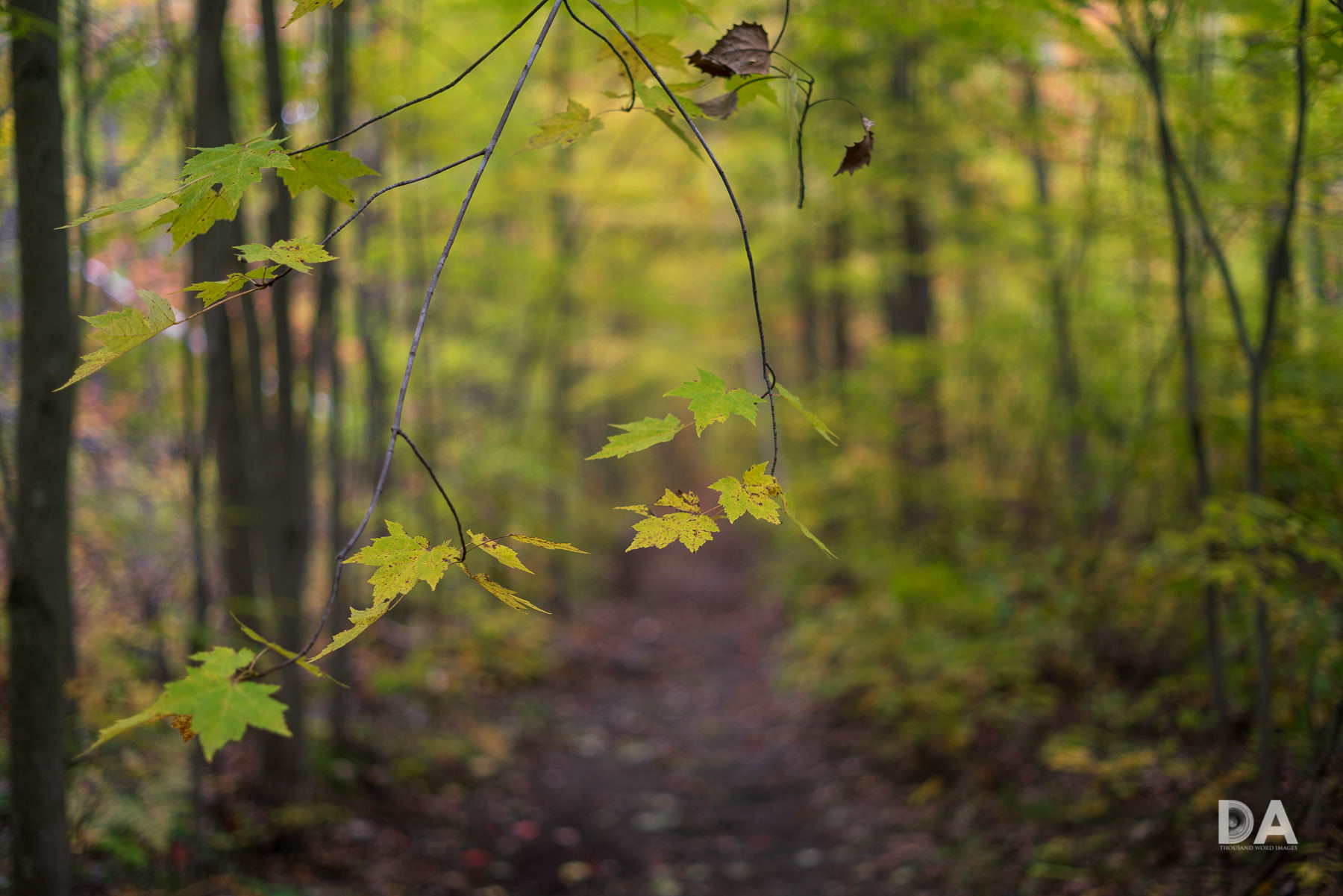
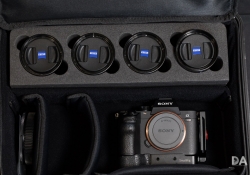
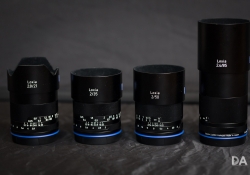


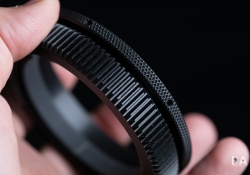


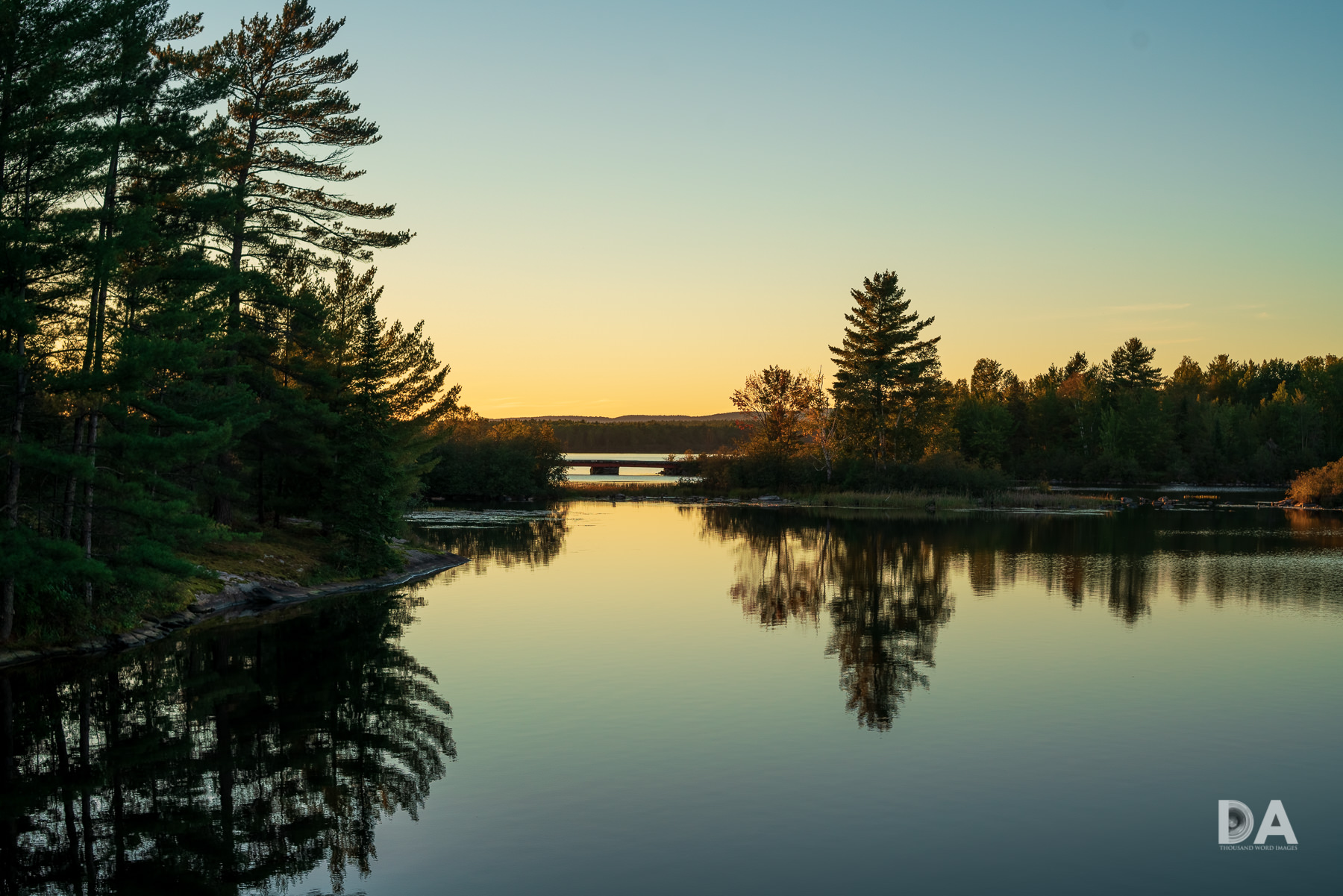



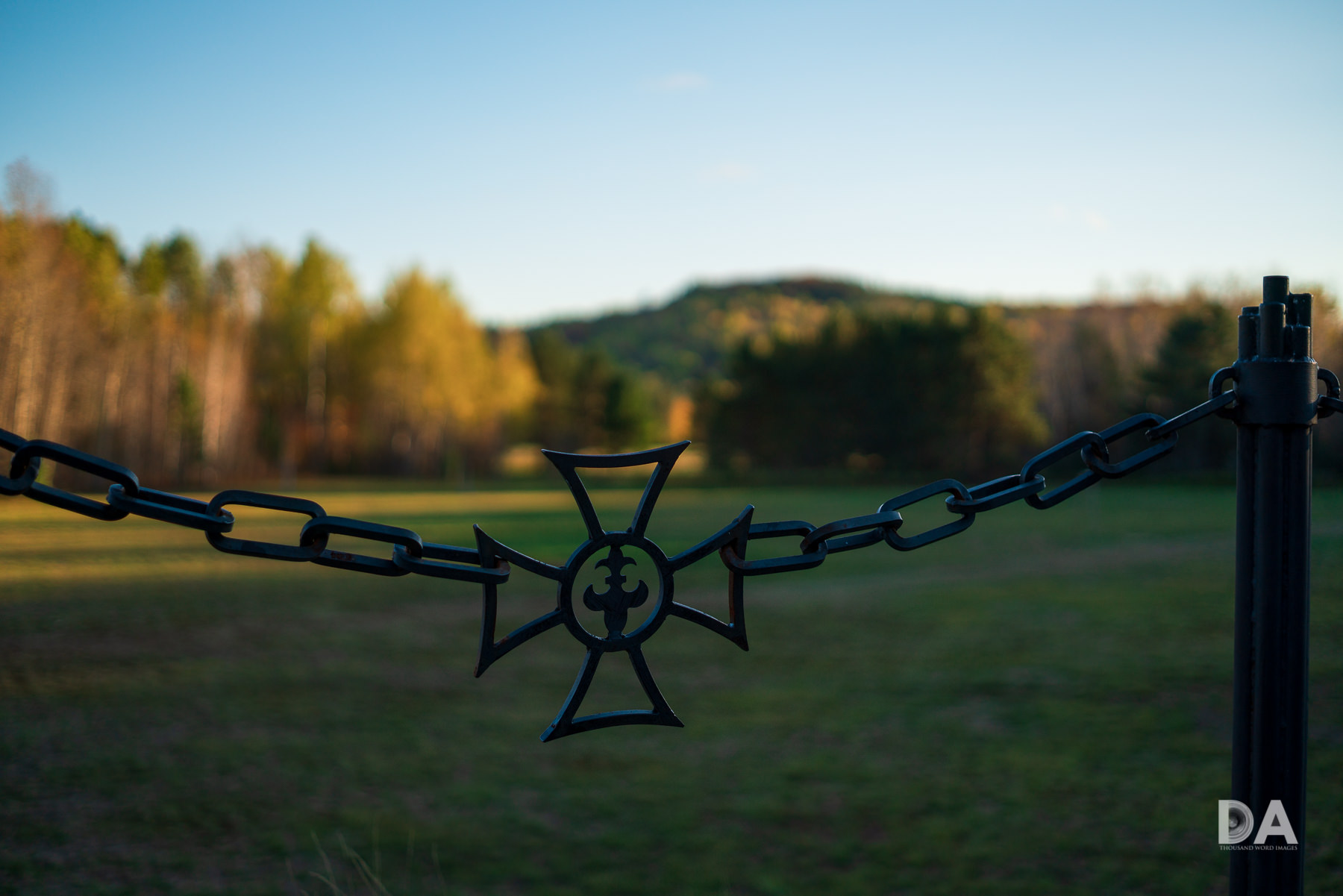
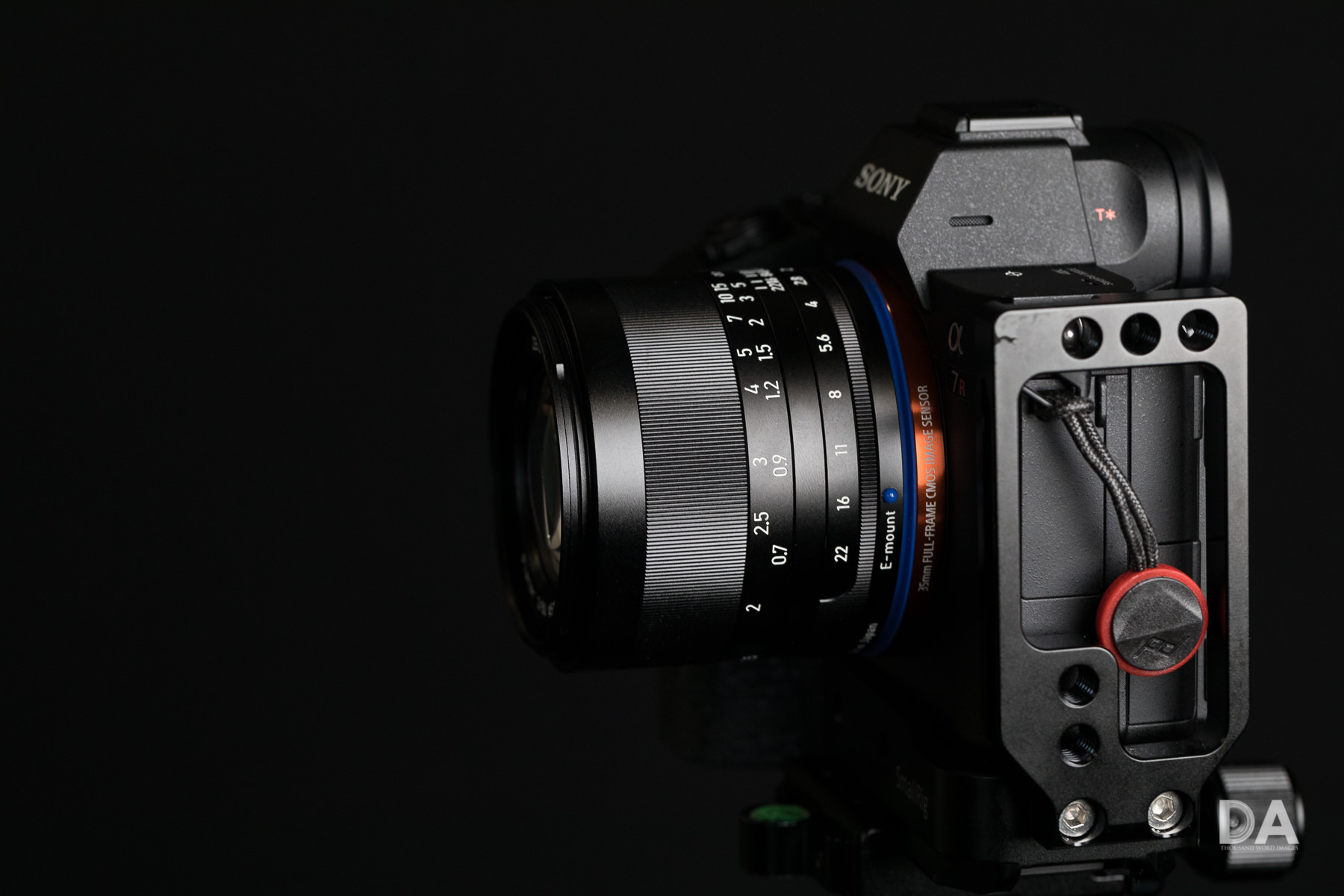
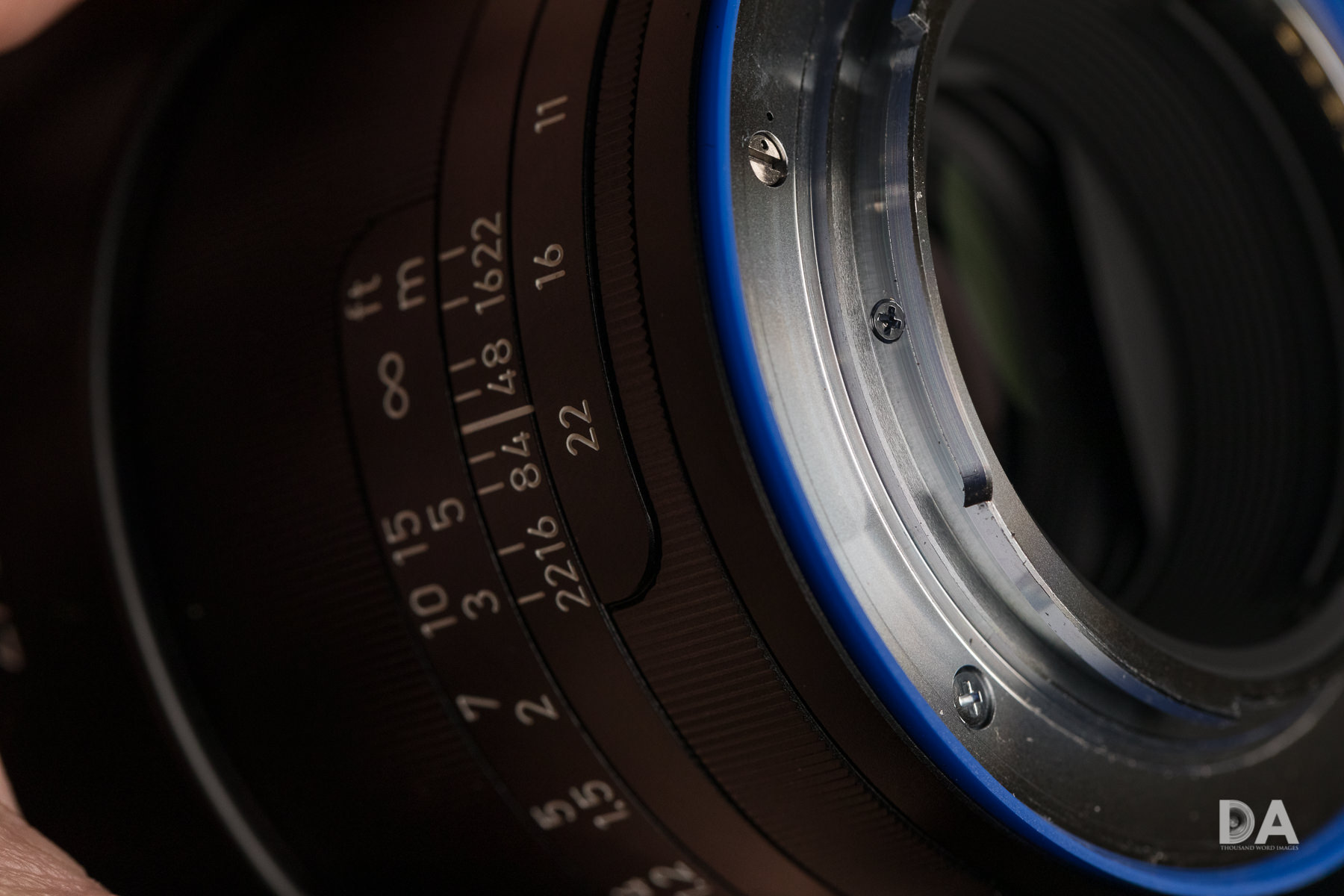
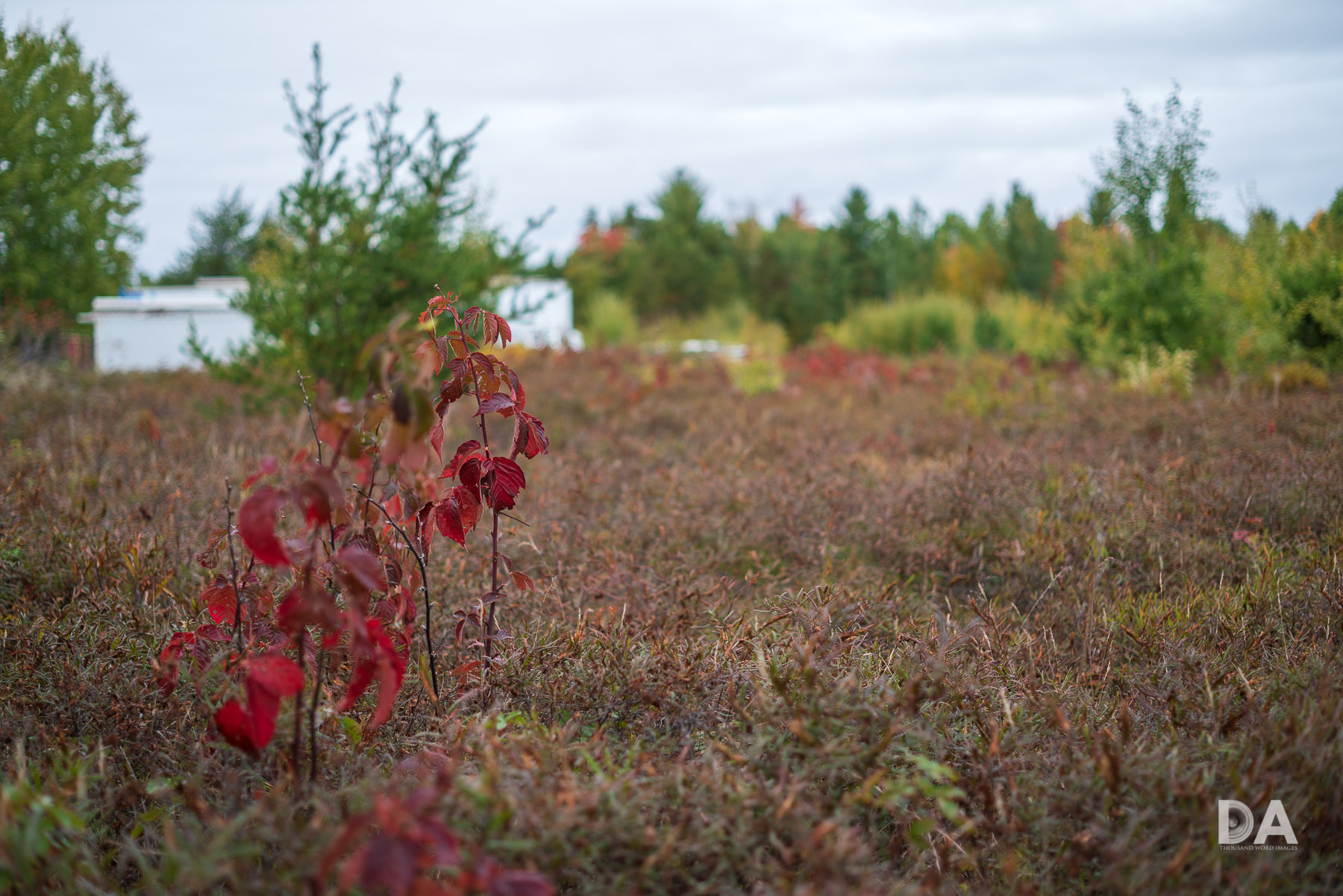

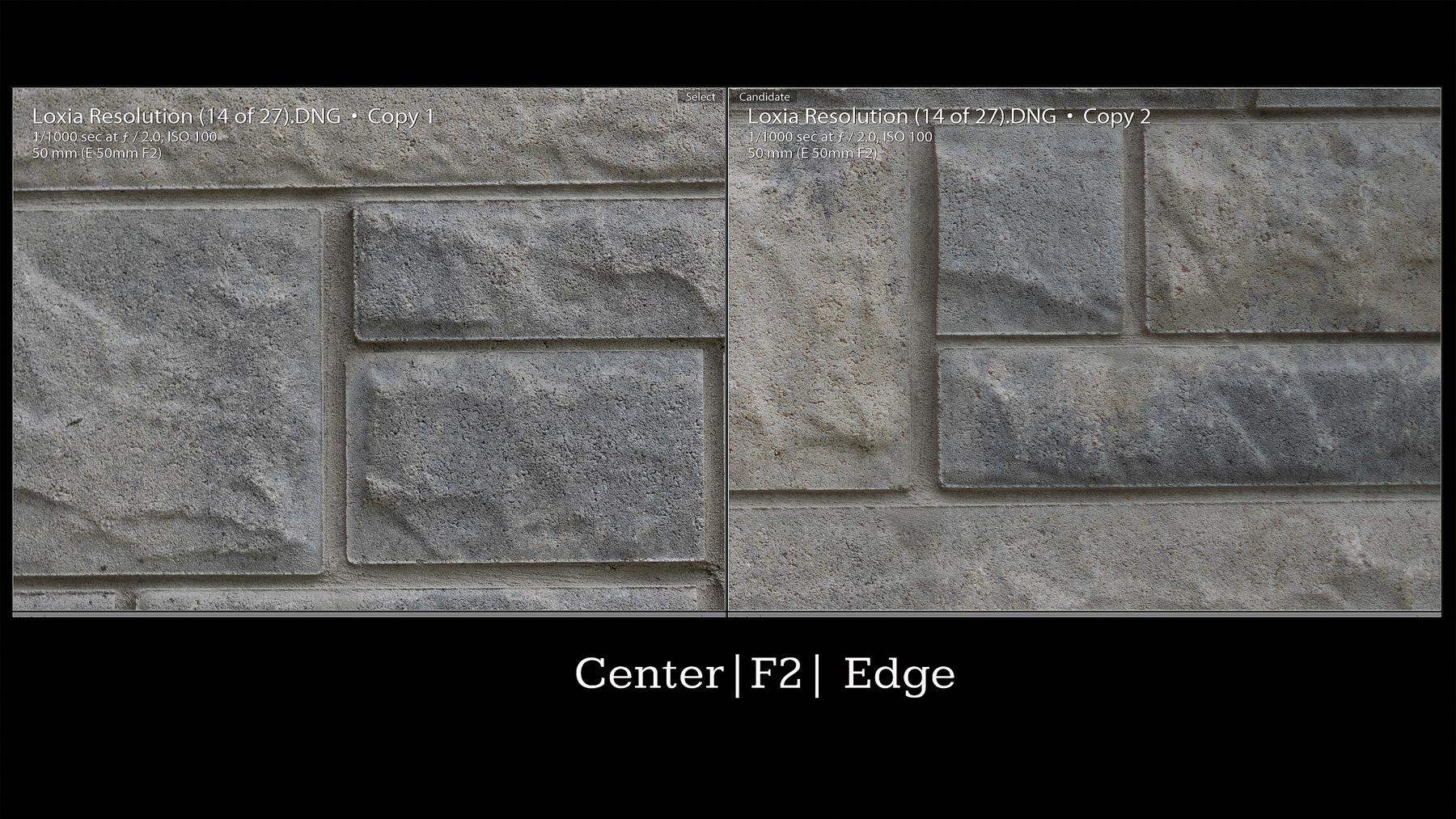


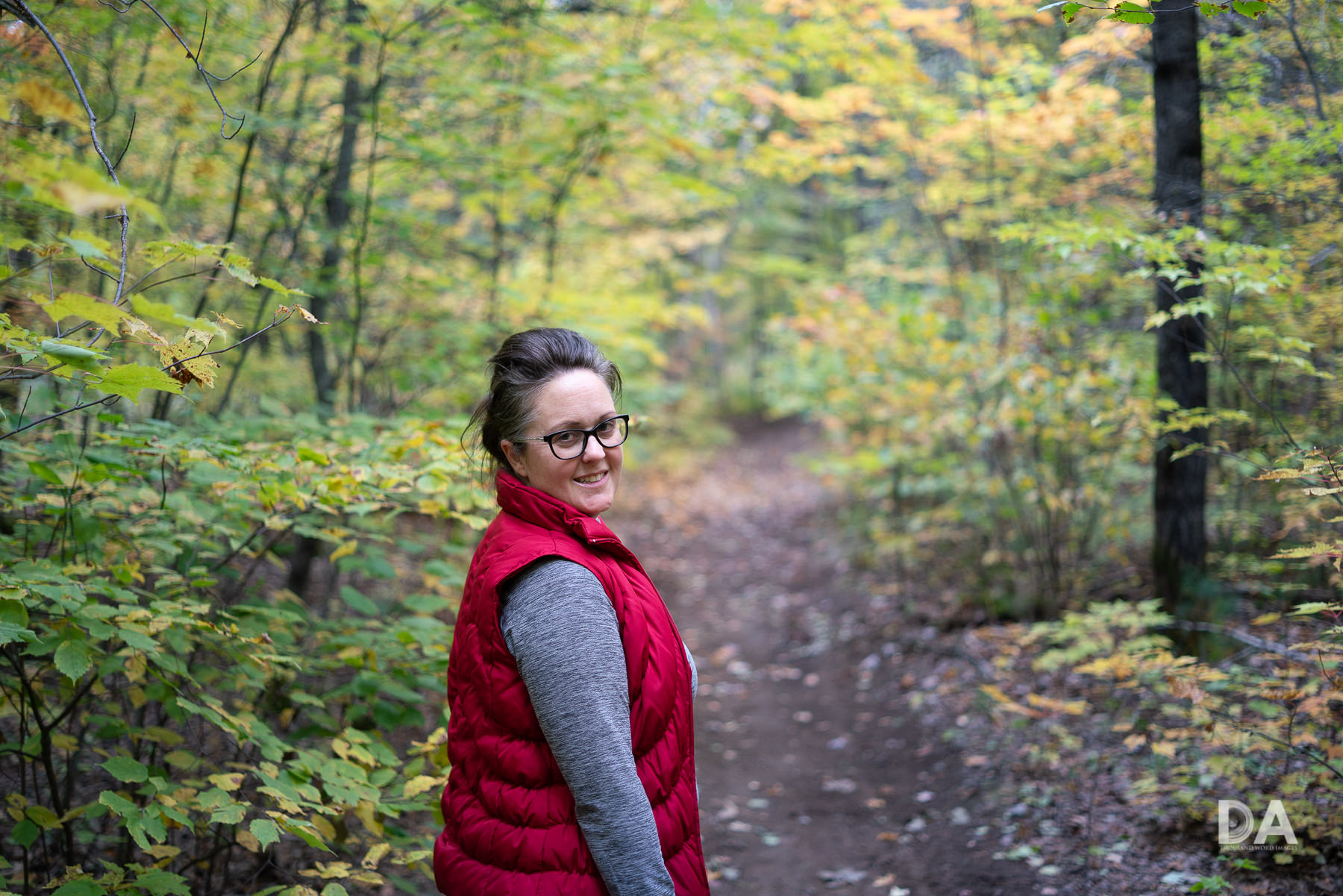

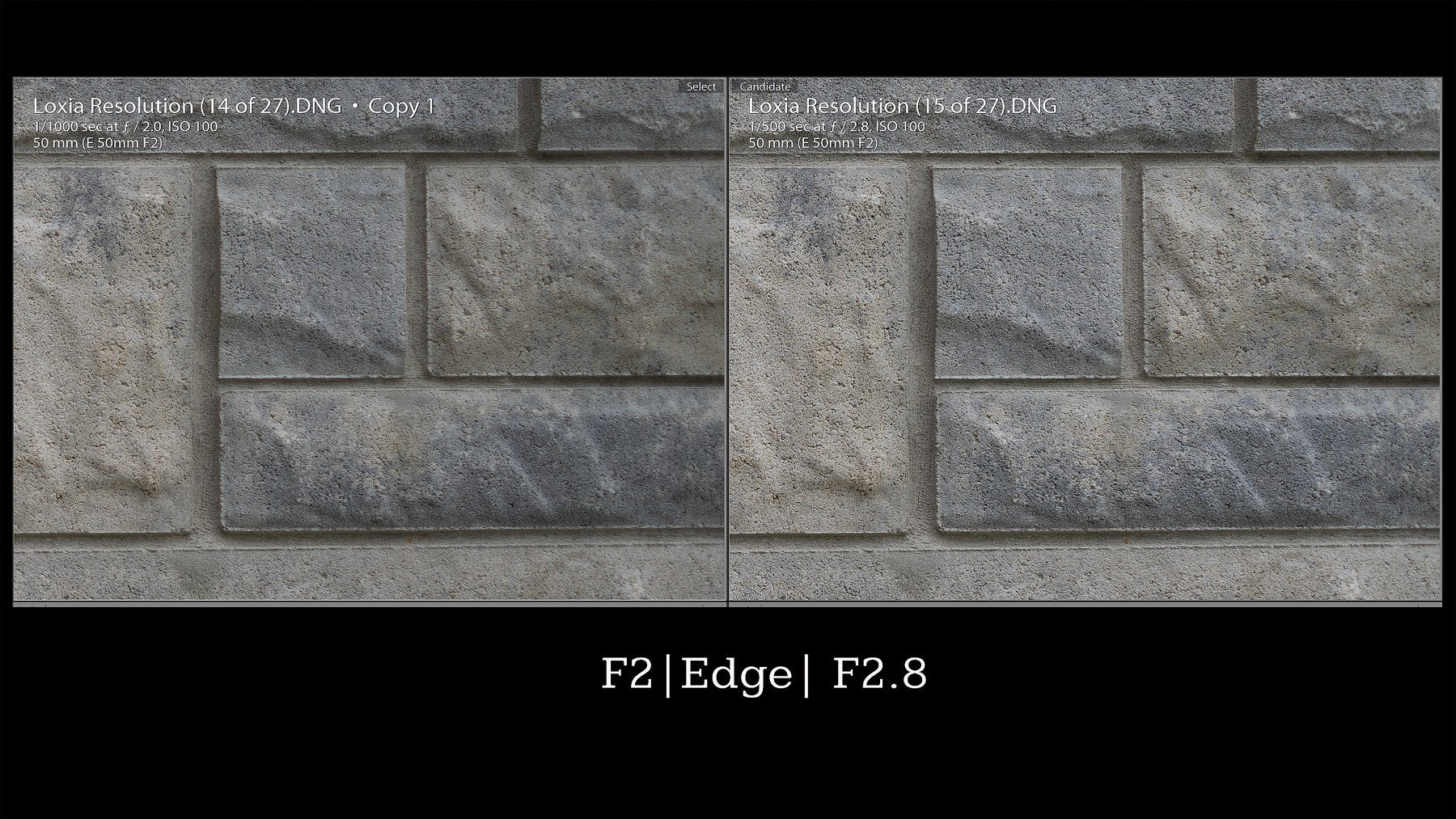
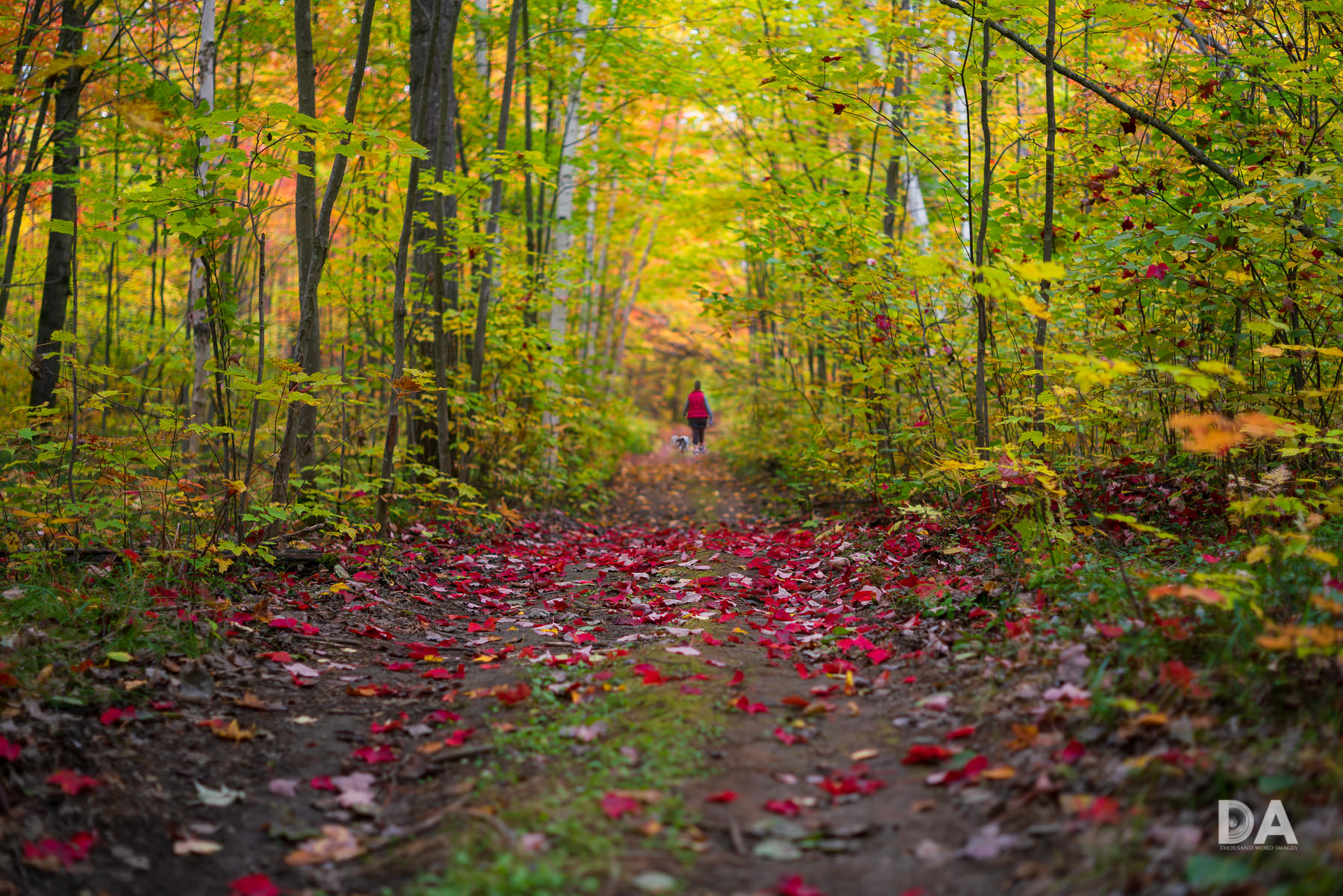
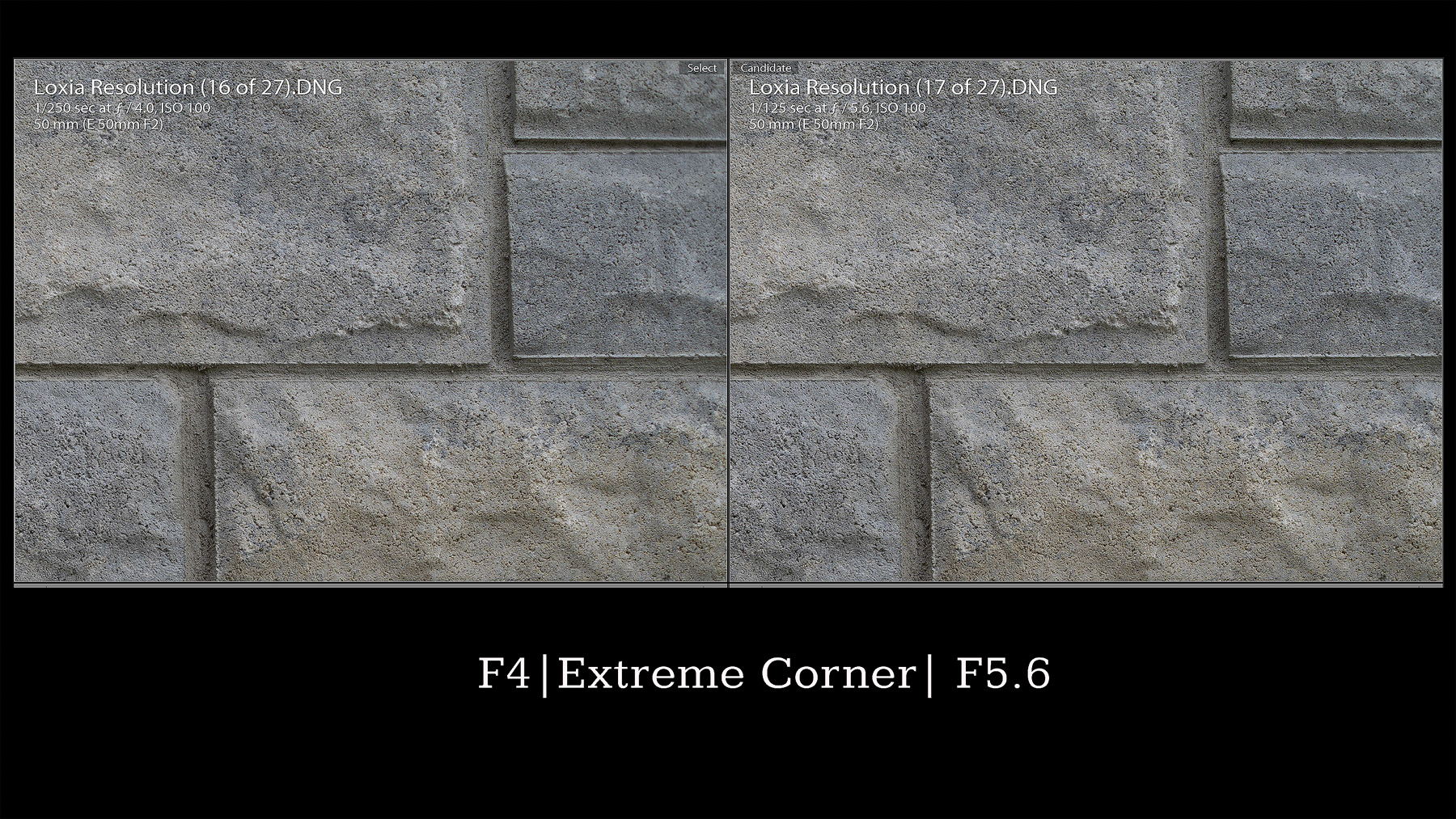
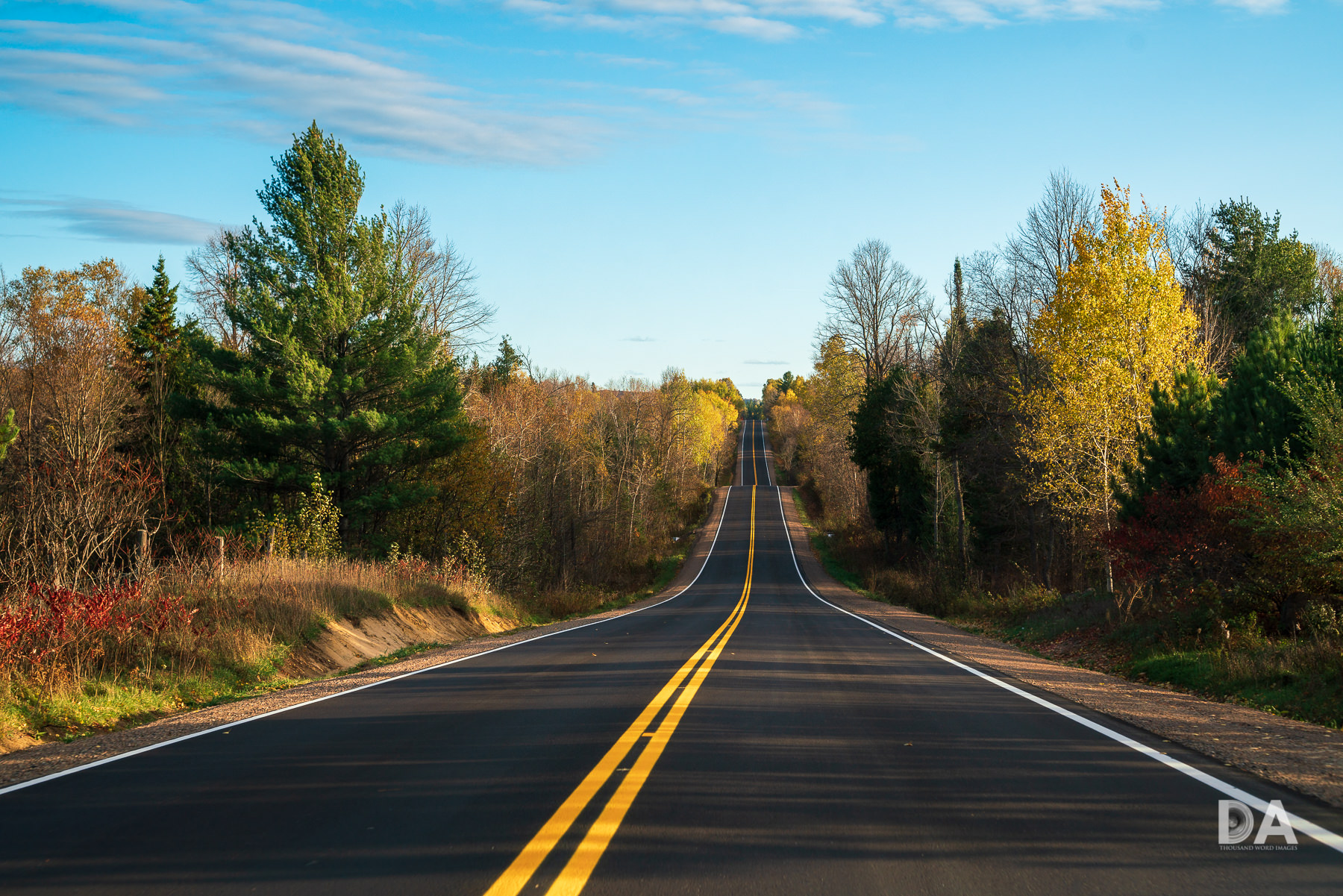

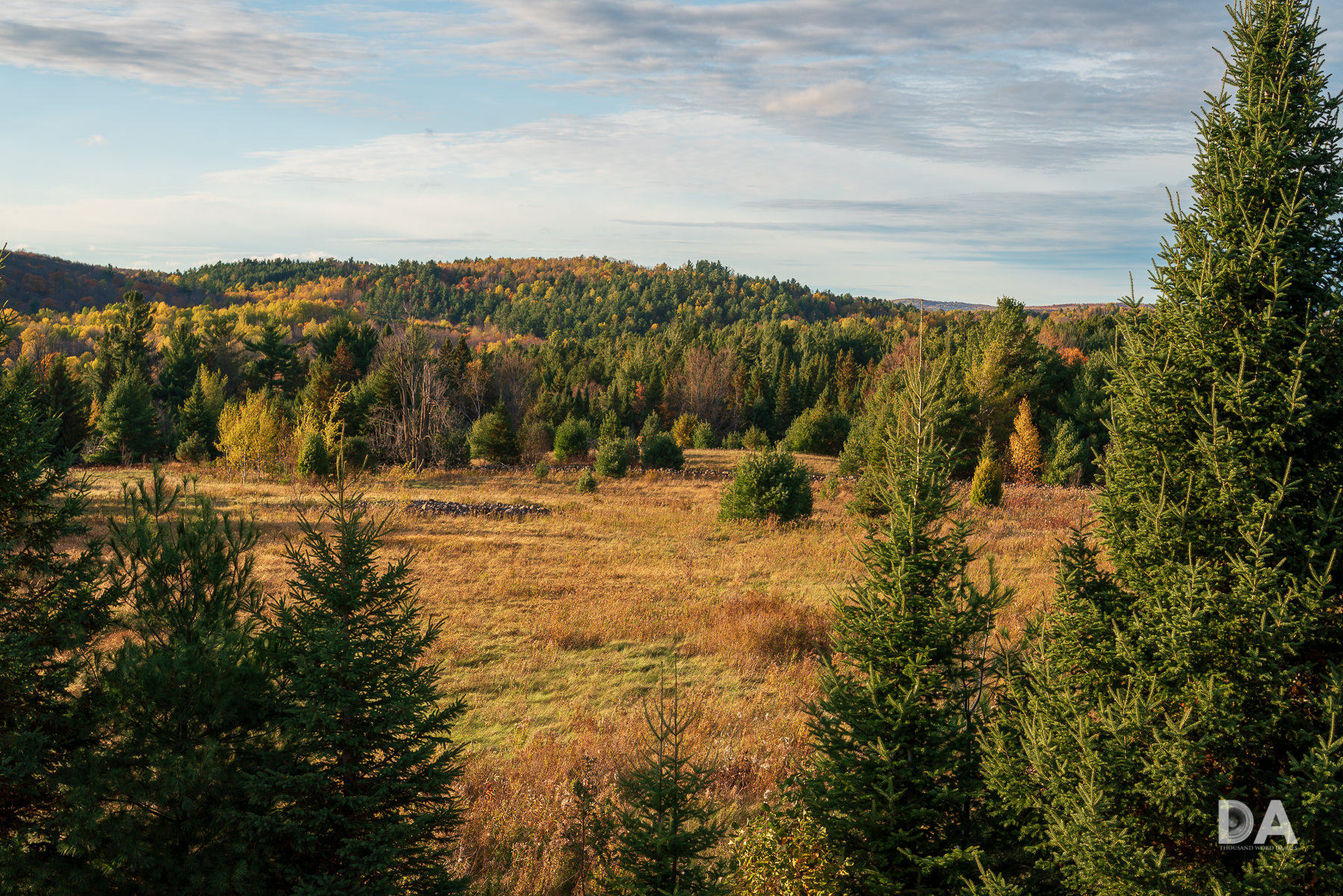
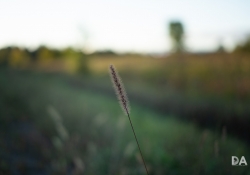
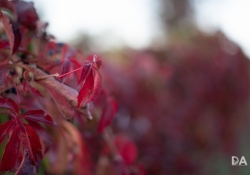
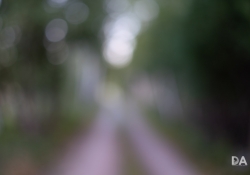




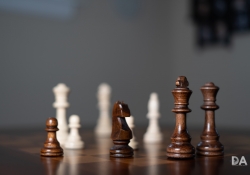

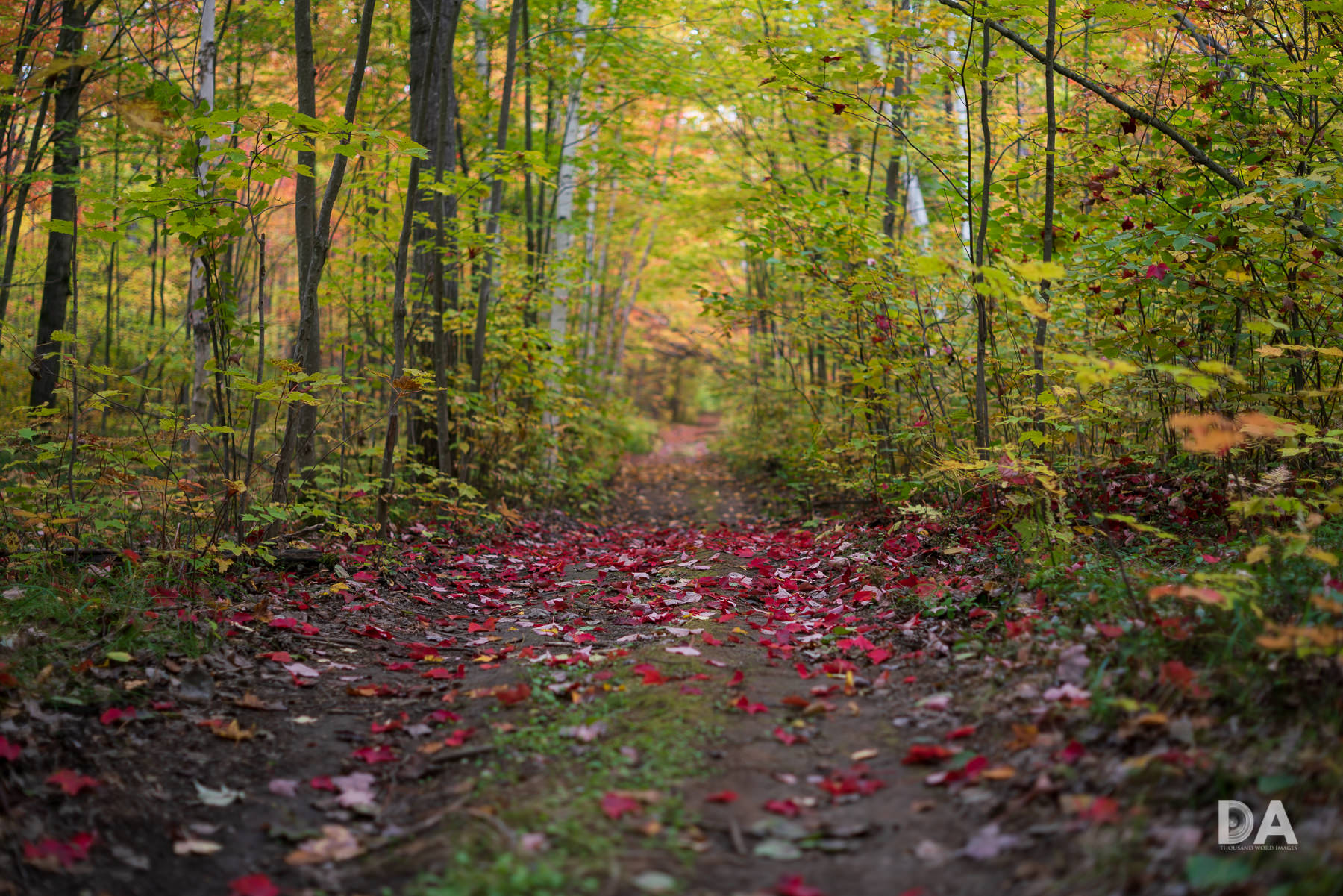
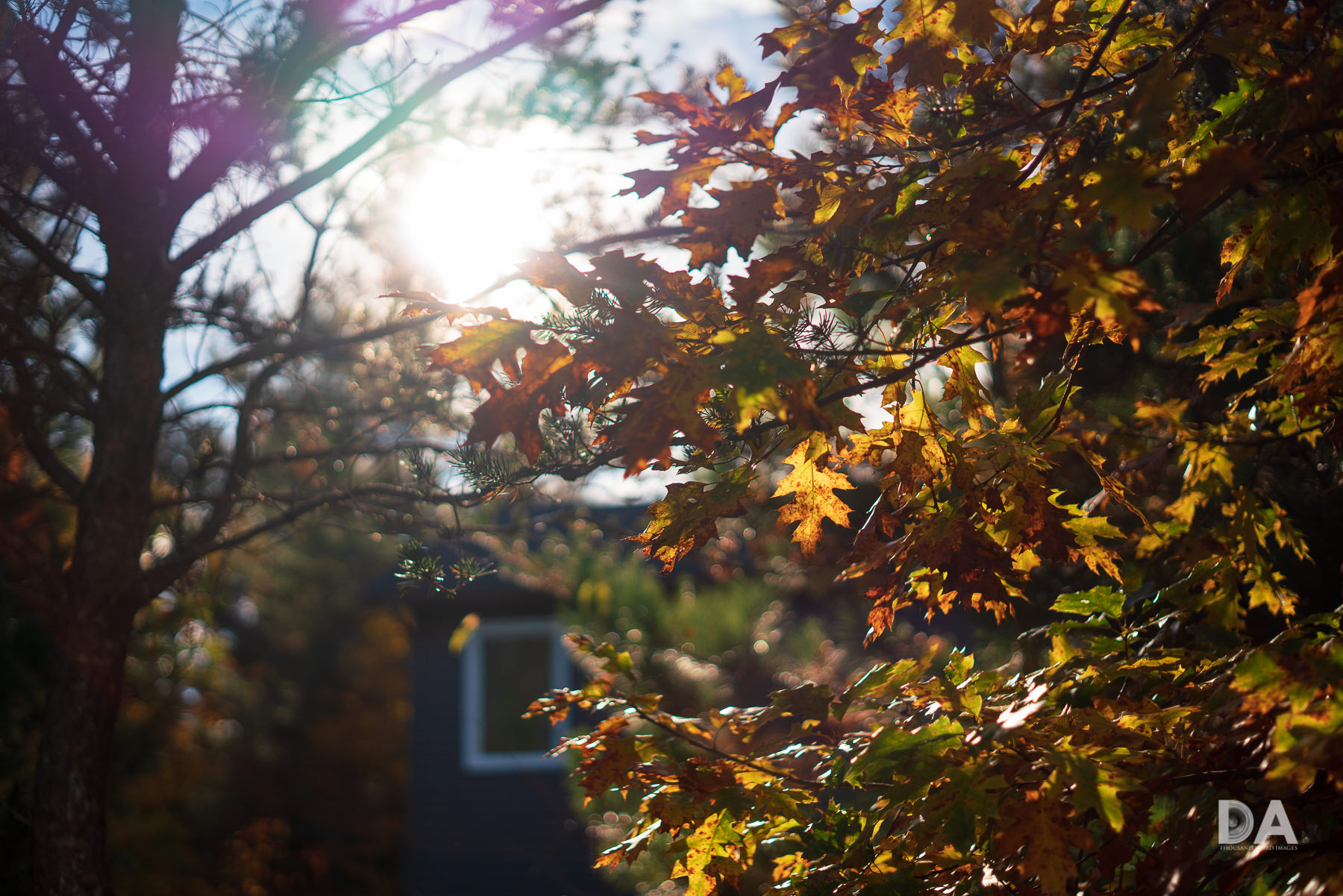

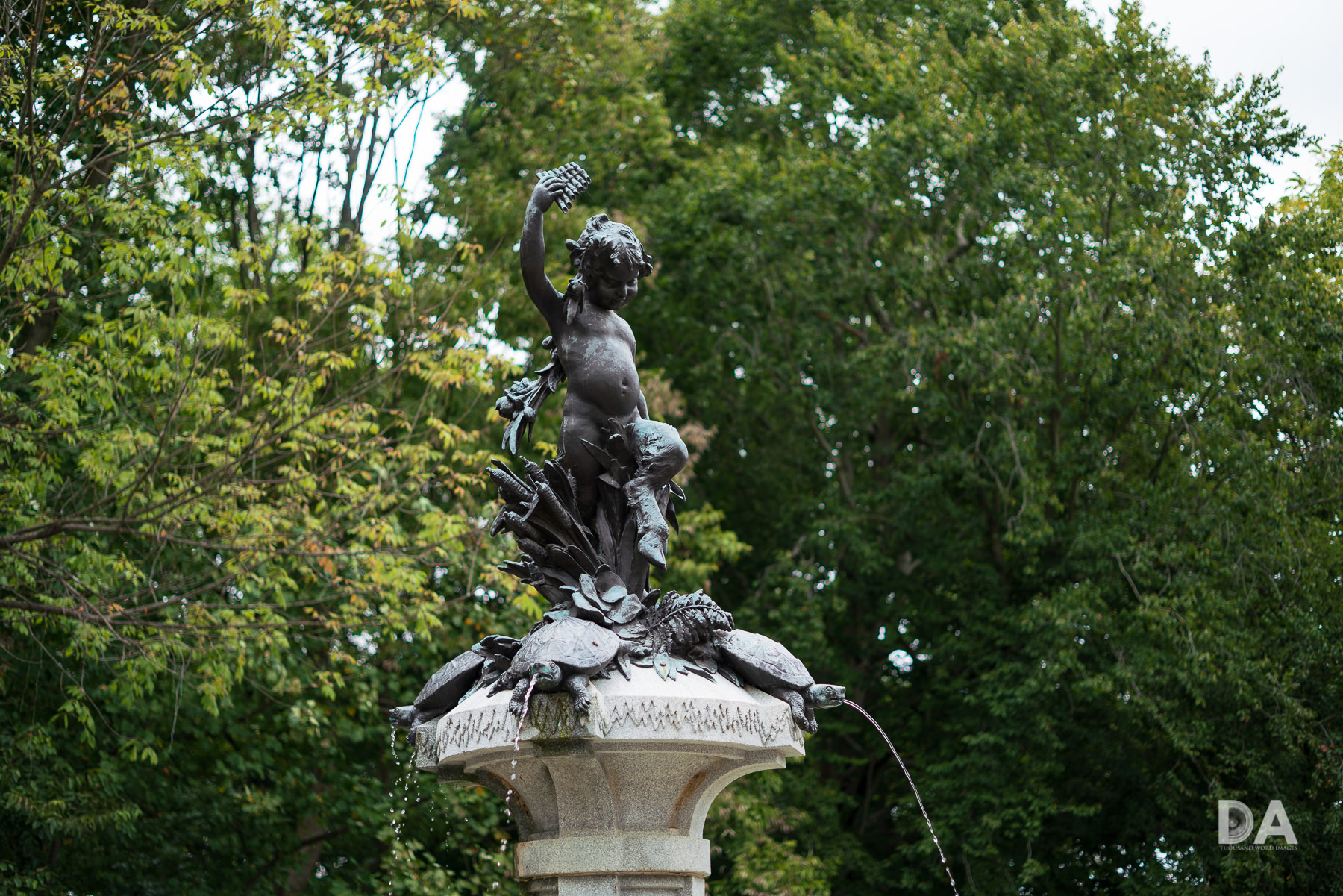
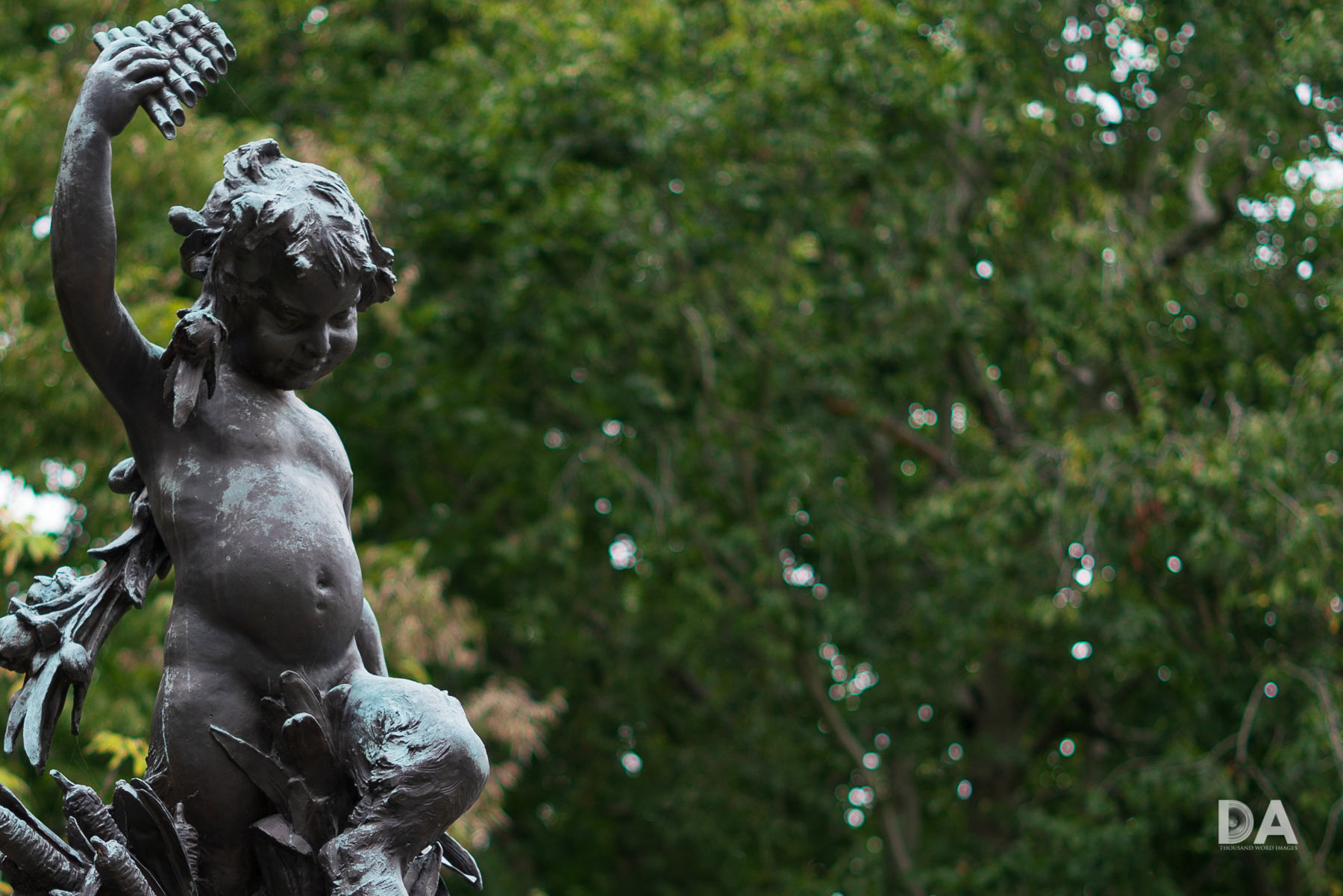
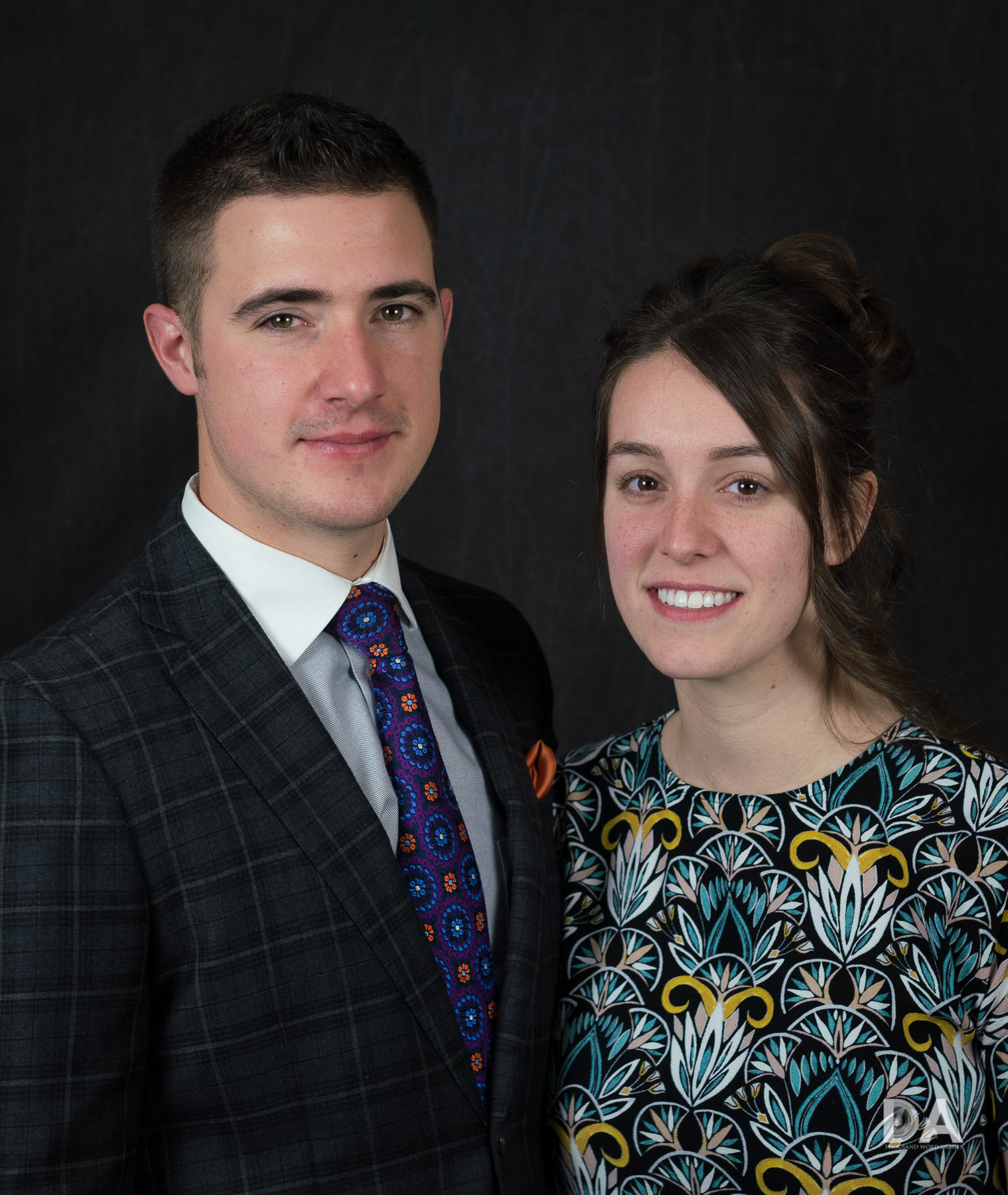
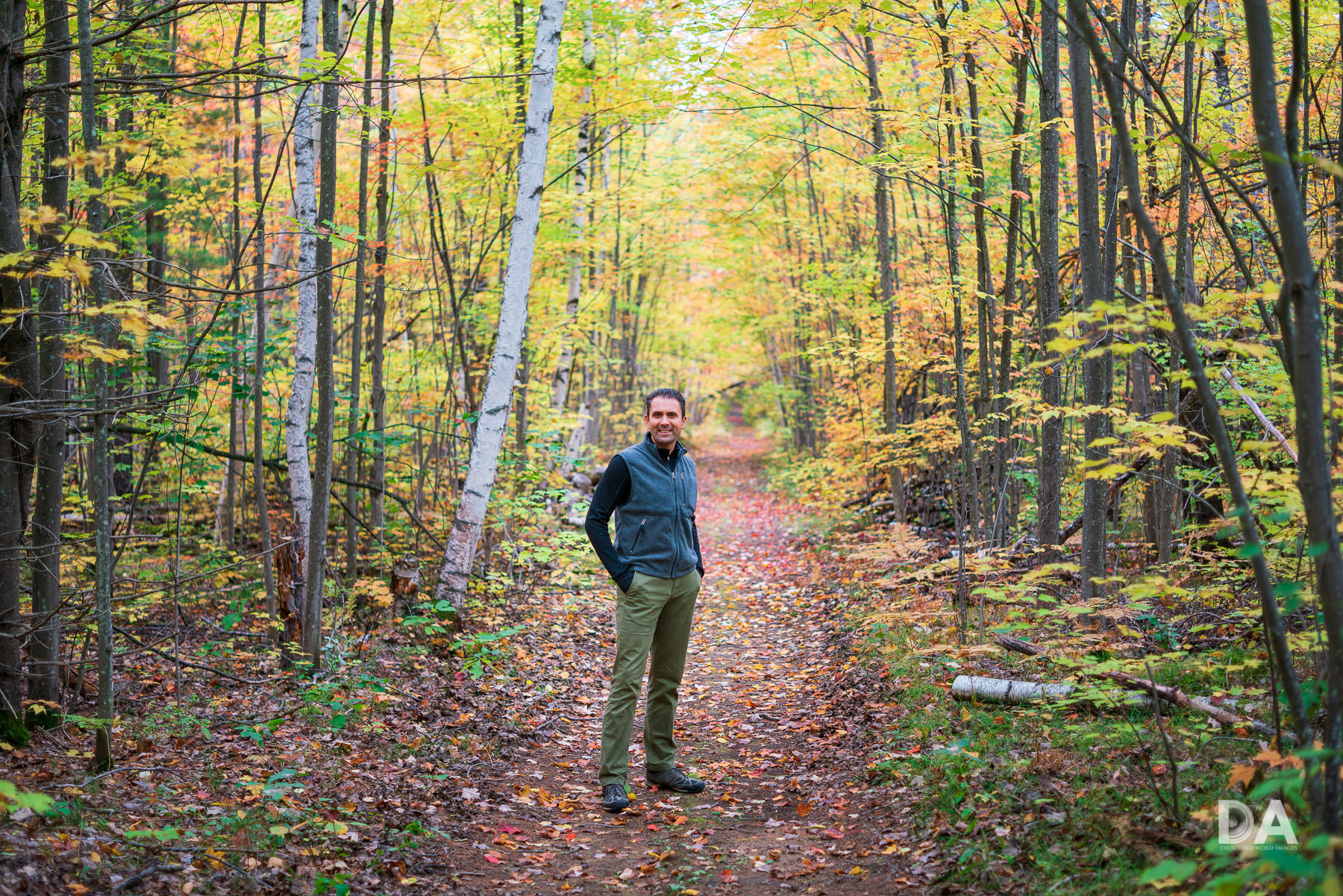
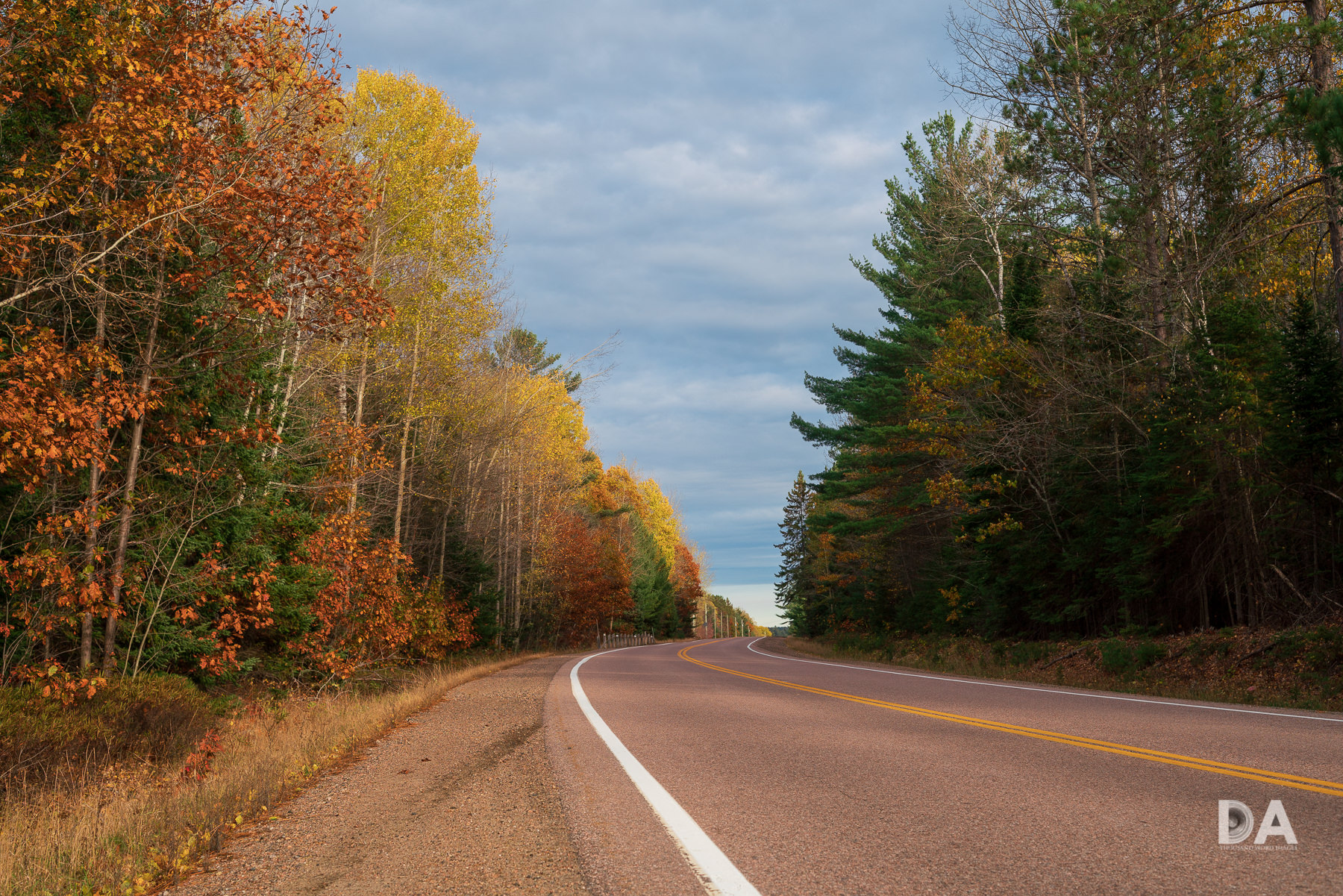
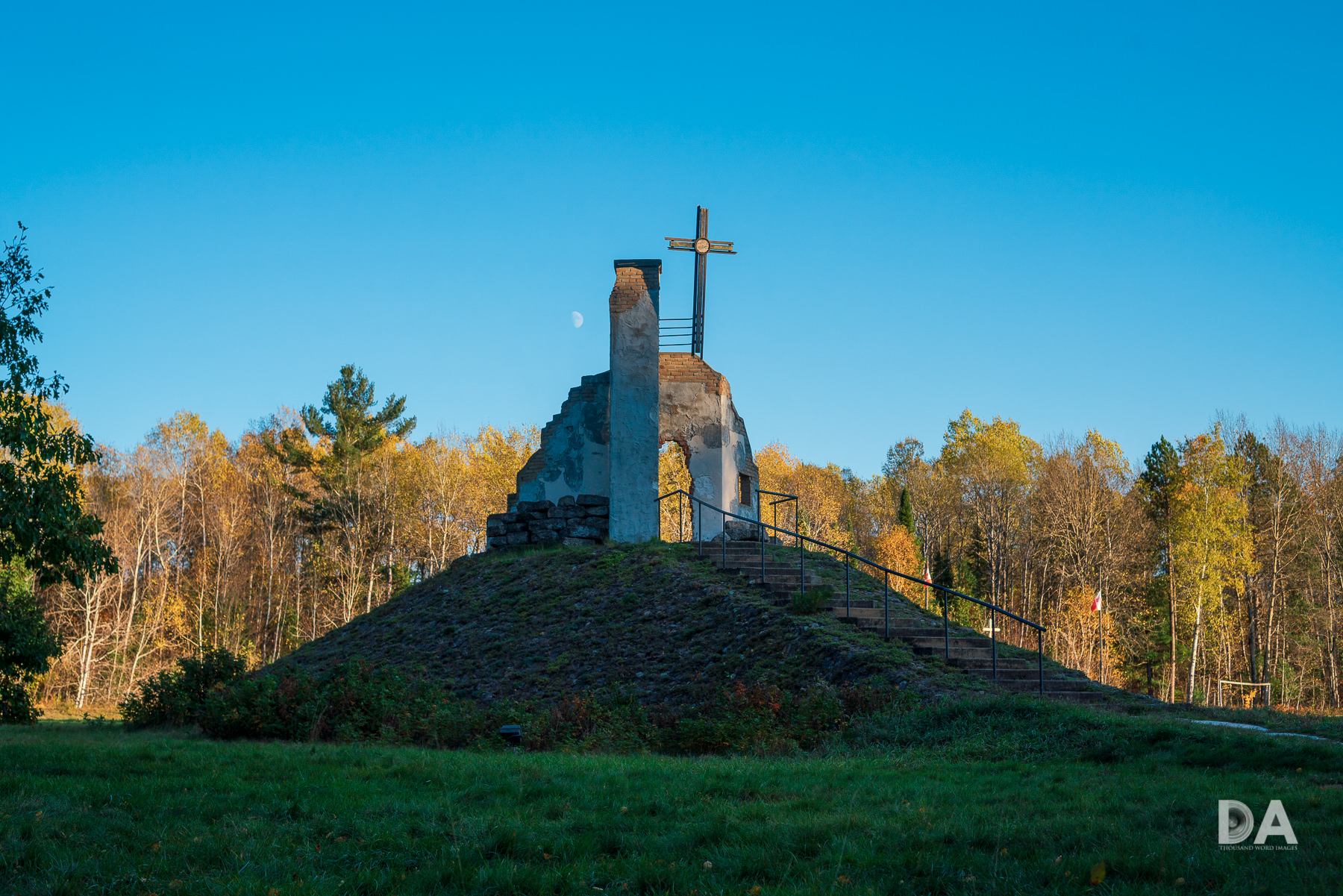

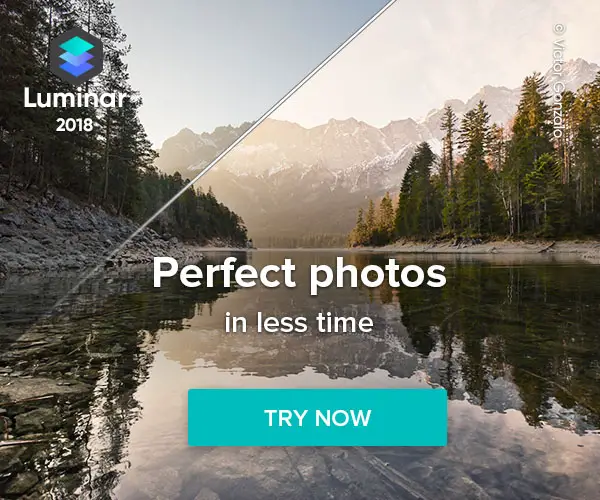

 Nikkor Z 35mm F1.2 S Review
Nikkor Z 35mm F1.2 S Review  Kase AF 85mm F1.4 Review
Kase AF 85mm F1.4 Review  Fujifilm X-Half Review
Fujifilm X-Half Review  Nikkor Z 35mm F1.8 S Gallery
Nikkor Z 35mm F1.8 S Gallery 



2 thoughts on “Zeiss Loxia 50mm F2 Planar Review”